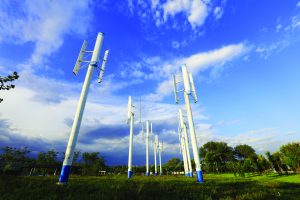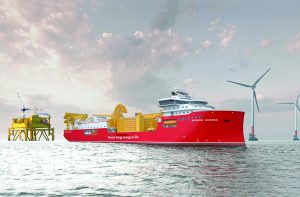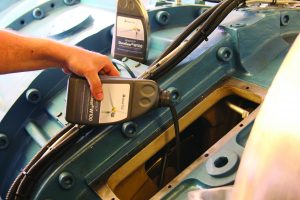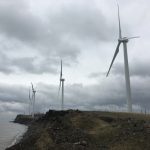Technology has become a part of our everyday lives. Use of technology in maintaining wind turbines is a prime example. One technological tool we use regularly now is a digital camera. You can find a digital camera in nearly everyone’s pocket today. They have been integrated into most cell phones and are permeating all aspects of our lives. I consider a digital camera one of the most versatile tools that I now use. This is one tool that was not available when I first started in wind energy. Advances in digital camera technologies have significantly altered and improved the way we work in the service and operation of wind energy plants.
Sharing information has become so much easier with the widespread use of digital cameras. Taking project photos before, during, and after a job has become commonplace in reporting services performed. We can track broken items when and how they arrive for repair. We can show the progress of the repair, including photos of the new components that are used in the repair. The final finished product is usually photographed as it leaves the repair facility. All this information is shared with a few simple snapshots.
Advantages of the digital camera are such that you don’t have to be a photography expert to get good photos, and you don’t have to worry about running out of film. You can take a photo; instantly review the photo; zoom in for more detail; crop the image; and delete or retake the photo until it is to your liking.
Once, while I was teaching an electrical troubleshooting class to wind turbine technician students, one of the students came up with a unique and innovative use for a digital camera. Part of the curriculum included practical troubleshooting of an electrical turbine control system. In preparing the lesson, I rewired the trainer board so that it would not function properly. The student then had to use a digital multimeter and schematic to troubleshoot the installed problem. Unknown to me, he had taken a photo of the board’s wiring prior to me installing the error and was able to identify the problem by comparing the rewired board to the original photo he had taken. This process of troubleshooting was effective, although he did not use the skills we were hoping he would develop. In the field, using this technique may be a great idea. What if your wind turbine’s control wiring has been disassembled and your technician is unable to reassemble it? A quick, simple solution is to have them go to a similar turbine, take photos of the affected area, and then use those photos to help with reassembly. This method also works with mechanical systems. Digital photos help guide repair procedures and can help ensure that proper safeguards are in place and are being followed. Quick updates to training and operation manuals are facilitated by including updated photos of recent failures or new repair procedures. All of these are sped up by the ease of use of the digital camera.
Another area in which digital cameras have become standard equipment is inspection related work. Digital photos are a big part of inspection reports—particularly those for end-of-warranty inspections. Thousands of photos of all parts of the turbine—from top to bottom, and all in between—are taken during these inspections. Hundreds of photos are taken of the blades, gears, bearings, welds, slip rings, and other components that can exhibit signs of early wear in a wind turbine. Proper high-quality digital photos can make the difference in whether or not an item suspect of abnormal wear will be considered as a warrantable claim.
This tool is simple but powerful, as digital photos can be quickly shared from a technician up tower to those down tower, or even to another part of the world by text message or e-mail. These photos can be shared where others on the team who can help make quick decisions—saving money in the process. More than once, I have been asked to take another or a few more to share with other concerned parties who are hundreds of kilometers away in their air-conditioned offices with big-screen monitors. Sometimes I wonder if their view is better than mine. They are able to view the photo on large screens, and can view the item closer with powerful zoom control—showing more detail than my naked eye can see at the scene.
Digital photos properly taken can help settle warranty disputes concerning process and methods of repair. This is especially true with blade repair. Scarf, laminate, fairing and coatings can all be properly documented step by step with these cameras.
Recent blade failures by a major manufacturer were reported to be due to improper preparation of bonded surfaces. Digital photographs of the actual parts after this step in the process would have quickly brought this problem to the surface. As for the investigation, you can bet that digital cameras were used to help share detailed data used to help come to a resolution with team members worldwide.
The use of digital cameras will continue to be used in documenting, troubleshooting, training, and in general sharing of machine and system information. Proper usage of this tool can help: control work quality; ensure that repairs are made properly; and enforce safety and warranty practices. Ultimately, digital cameras can save you money and eliminate surprises.



































